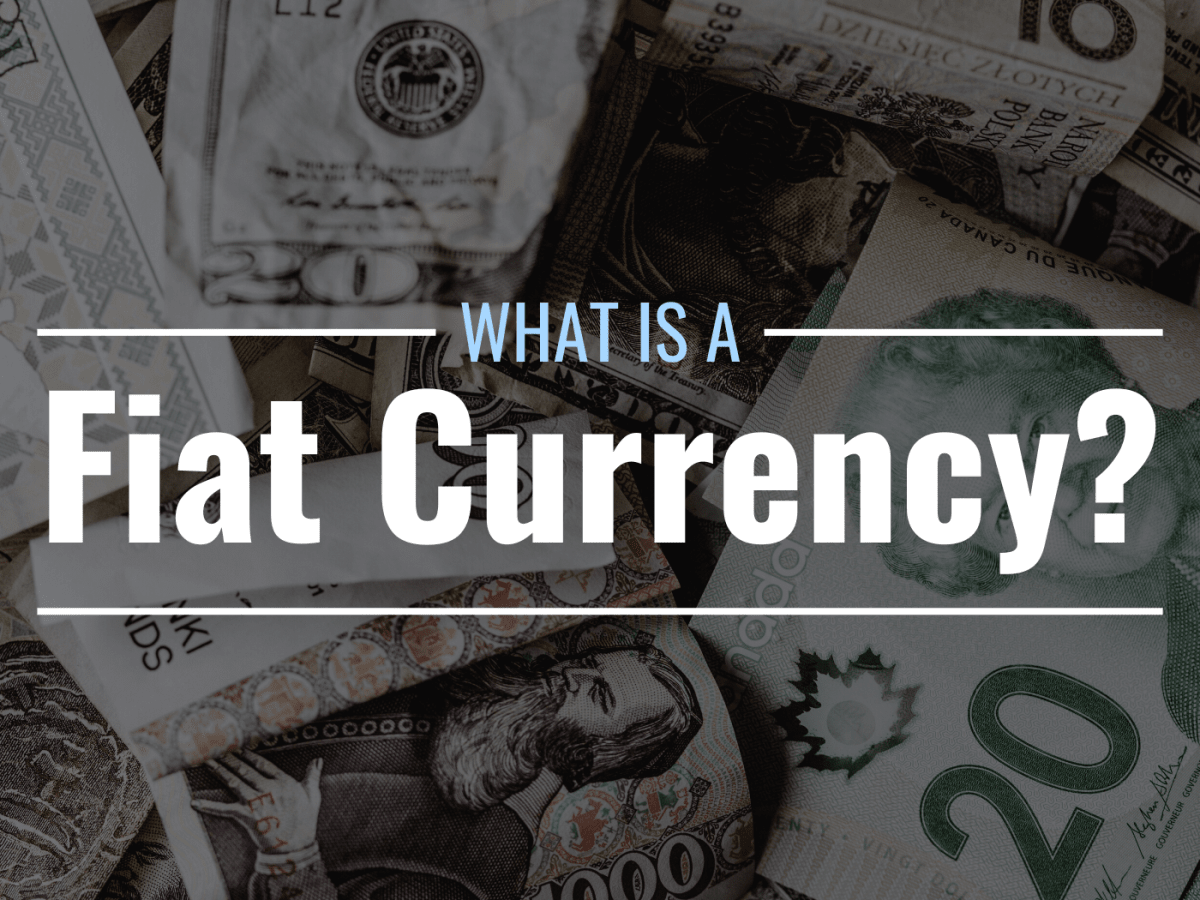Fiat currency is a type of currency which is declared a legal tender and it accepts as the medium of exchange.
Types of Fiat Currency
Fiat currency comes in different forms. Here we discuss the most recognized Fiat currencies :
- United states Dollar (USD)
- Euro (EUR)
- Japanese Yen (JPY)
- British Pound Sterling (GBP)
- Swiss Franc (CHF)
- Canadian Dollar (CAD)
- Australian Dollar (AUD)
- Chinese Yuan Renminbi (CNY)
- Indian Rupee (INR)
- Brazilian Real (BRL)
1. United States Dollar (USD):
The official currency of United States and the most Dominant currency of entire world.
2. Euro (EUR):
The official currency in the total Europe. 19 Euro union members out of 27 use this currency.
3. Japanese Yen (JPY):
The official currency in Japan and most traded currency of the foreign exchange market.
4. British Pound (GBP):
This is also the official currency of United Kingdom (UK).
5. Swiss Franc (CHF) :
The official currency of the Switzerland.
6. Canadian Dollar (CAD):
Canada official currency.
7. Australian Dollar (AUD):
Australia official currency.
8. Chinese Yuan (CNY):
Peoples Republic of China official Currency.
9. Indian Rupee (INR):
The India's official currency.
10. Brazilian Real (BRL):
The official currency of Brazil.
Types of Fiat currency :
1. Major reserve currencies
2. Strong and stable currencies
3. Commodity-Linked currencies
4. Emerging Market currencies
5. Pegged and Fixed Exchange Rate Currencies
6. Hyperinflationary Currencies
7. Commonwealth Currencies
1. Major Reserve Currencies:
1. United States Dollar (USD):
As the world's primary reserve currency, the USD is widely used in international trade and finance. Many countries hold significant amounts of USD in their foreign exchange reserves.
2. Euro (EUR):
The EUR is the second most dominant reserve currency and is used by a large number of European countries in the Eurozone.
2. Strong and Stable Currencies:
1. Swiss Franc (CHF):
Known for its stability, the Swiss Franc is considered a safe-haven currency during times of economic uncertainty.
2. Japanese Yen (JPY):
The Japanese Yen is a major currency in the forex market and is considered a safe-haven currency as well.
3. British Pound Sterling (GBP):
The GBP is the oldest currency still in use and has historical significance in international trade.
3. Commodity-Linked Currencies:
1. Canadian Dollar (CAD):
The CAD is often influenced by commodity prices, particularly oil, due to Canada's significant natural resource exports.
2. Australian Dollar (AUD):
Like the CAD, the AUD is also heavily influenced by commodity prices, including minerals and metals.
3. Norwegian Krone (NOK):
Norway's currency is tied to oil prices due to its substantial oil exports.
4. Emerging Market Currencies:
1. Chinese Yuan Renminbi (CNY):
The CNY is increasingly used in international trade and is becoming more prominent in the global financial system.
2. Indian Rupee (INR):
India's currency is the most widely used in South Asia and is gradually gaining importance in international finance.
3. Brazilian Real (BRL):
As the largest economy in South America, Brazil's currency plays a significant role in regional trade and finance.
Pegged and Fixed Exchange Rate Currencies:
4. Hong Kong Dollar (HKD):
The HKD is pegged to the USD, with its value kept within a specific range.
5. Saudi Riyal (SAR):
Saudi Arabia pegs its currency to the USD to stabilize its value and facilitate trade.
5. Hyperinflationary Currencies:
1. Venezuelan Bolívar (VEF):
Venezuela's currency experienced hyperinflation, leading to a severe devaluation in recent years.
2. Zimbabwean Dollar (ZWD):
Zimbabwe faced one of the most extreme hyperinflation episodes in history, resulting in the abandonment of its currency.
6. Commonwealth Currencies:
Some countries within the Commonwealth, such as Canada, Australia, and New Zealand, have historical ties and shared aspects of their currencies' design and names.
It's important to note that the strength and stability of fiat currencies can vary due to economic, political, and geopolitical factors. Central banks play a crucial role in managing these currencies through monetary policy, which includes controlling interest rates, money supply, and inflation to maintain economic stability. Additionally, the exchange rates between fiat currencies fluctuate in the foreign exchange market, influencing international trade and investment.


